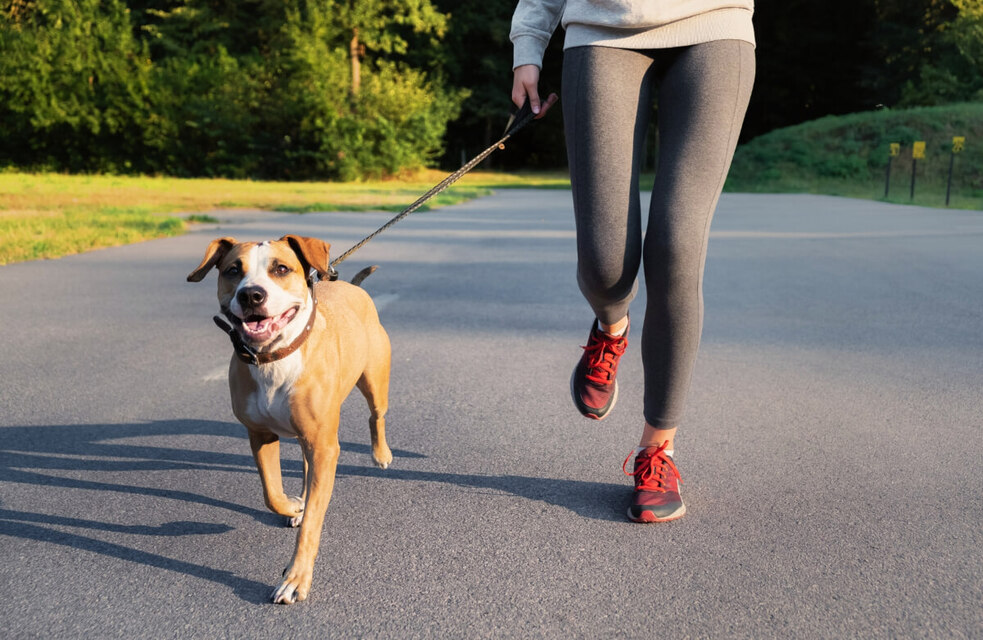
Our canine companions bring boundless joy and unconditional love into our lives. But just like us, they thrive on physical activity. Daily exercise keeps them physically fit, mentally stimulated, and emotionally balanced. However, ensuring our dogs get enough exercise can sometimes feel challenging with our busy schedules.
The good news is that there are fun and practical tips to transform your dog from a couch potato into an active playmate.
Why Keeping Your Dog Physically Active Matters
It’s not just about whether you pick small, large, or medium breed dry dog food for its diet; exercise is also important. But of course, exercise isn't just about burning off energy from their food. It's a cornerstone of your dog's overall health and well-being. Here's why getting your dog physically active matters:
Physical Fitness: Regular exercise strengthens muscles and bones, improves cardiovascular health, and helps maintain a healthy weight. This reduces the risk of obesity-related diseases like diabetes and joint problems.
Mental Stimulation: Dogs crave mental challenges just as much as physical exertion. Exercise provides mental stimulation, combats boredom, and prevents destructive behaviours like chewing or excessive barking.
Stress Relief: Exercise is a natural stress reliever for dogs. Physical activity releases endorphins, which are hormones that can improve your dog’s mood and encourage feelings of overall well-being.
Socialisation: Exercise can be a great opportunity for social interaction, especially in dog parks or during group walks. Socialisation helps your dog develop positive interactions with other dogs and people.
Stronger Bond: Shared exercise experience strengthens the bond between you and your dog. Playtime and walks provide quality time to connect and build trust.
Finding the Fit: Activities for Every Pup
The type and amount of exercise your dog needs will vary depending on their breed, age, overall health, and energy level. Here's a breakdown of activities to suit different needs:
Energetic Breeds: High-energy breeds like Border Collies or Labrador Retrievers require vigorous exercise. Activities like running, fetch, agility training, or dog frisbee can keep them challenged and satisfied.
Small Breeds: Small but mighty breeds like Jack Russell Terriers or Dachshunds also need daily exercise. Brisk walks, indoor playtime with interactive toys, or playtime at designated dog parks can cater to their active spirits.
Large Breeds: Large breeds like Great Danes or Mastiffs need exercise, but their growth plates require gentle activities to prevent injury. Swimming, controlled walks, or puzzle feeder games are excellent options.
Older Dogs: Older dogs might need adjustments to their exercise routine. Shorter walks, gentle swimming sessions, or indoor games like hide-and-seek can keep them active without overexertion.
Remember: Always consult your veterinarian before starting any new exercise program with your dog, especially if they have health concerns.
Beyond the Basics: Creative Exercise Solutions
Busy schedules shouldn't stop your furry friend from getting their daily dose of exercise. Here are some creative solutions to overcome exercise hurdles:
Do Playdates: Schedule playdates with other dogs for socialisation and a fun workout session. You can also consider attending pet shows to help your pet socialize.
Enlist a Dog Walker: If you're short on time, consider hiring a dog walker to ensure your dog gets a midday walk.
Use Interactive Toys: Invest in interactive toys that dispense treats or require problem-solving skills to keep your dog mentally and physically stimulated indoors.
Try Stairway Sprints: Turn your stairs into a mini workout zone for short bursts of exercise. Encourage your dog to run up and down the stairs (with supervision).
Create a Fun Backyard: Create a stimulating backyard space with agility equipment or hidden treats to encourage exploration.
Try New Places for Walks: Turn your walks into an adventure by exploring new trails, visiting different dog parks, or taking new scenic strolls.
Remember: Make exercise a positive experience for your dog. Use positive reinforcement, such as treats and praise, to keep them motivated and engaged.
Safety Tips When Exercising Your Dog

While exercise is crucial, safety is paramount. Here are some essential tips to keep in mind:
Warm-Up and Cool-Down: Like humans, dogs need a warm-up before strenuous activity and a cool-down afterwards to prevent injuries.
Hydration is Key: Ensure your dog has access to fresh water before, during, and after exercise, especially on hot days.
Mind the Weather: Avoid exercising your dog during extreme temperatures. Plan walks for cooler mornings or evenings when the sun isn't scorching.
Pay Attention to Your Dog's Signals: Watch for signs of fatigue, such as panting, lagging behind, or refusing to continue. Don't push your dog beyond its limits.
Beware of Pavement Burns: Hot pavement can burn your dog's paws. Avoid walks during peak sun hours, or consider protective dog boots for hot surfaces.
Post-Exercise Monitoring: Monitor your dog for any signs of discomfort or pain after exercise. If you notice anything unusual, consult your veterinarian.
Building a Consistent Fitness Routine
The key to reaping the benefits of exercise is consistency. Here's how to create a sustainable exercise routine for your dog:
Start Slowly: Begin with short exercise sessions and gradually increase the duration and intensity as your dog's fitness level improves.
Variety is the Spice of Life: Mix up your dog's exercise routine to keep them engaged and prevent boredom. Incorporate walks, playtime, and mental stimulation activities throughout the week.
Schedule It In: Treat exercise like any other important appointment. Schedule walks or playtime into your daily routine to ensure consistency.
Make it Fun!: Most importantly, keep exercise sessions fun for your dog. Use positive reinforcement, such as treats and praise, to keep them motivated. Know the basics of good dog training here.
You can transform your dog from a couch potato into a fitness enthusiast by incorporating these tips and activities. Remember, a physically active dog is happy, which translates to a happier and healthier life for you both.
Ensuring How To Keep Your Dog Physically Active Is Vital For Their Overall Well-Being
Exercise isn't just about burning off calories; it's about investing in your dog's overall well-being. By understanding the benefits of physical activity and implementing these practical strategies, you can create a sustainable exercise routine that keeps your furry friend fit, mentally stimulated, and brimming with joy.
Remember, the journey to a healthy and happy dog starts with one paw in front of the other. So, lace up your shoes, grab your leash, and embark on a fitness adventure with your dog. You'll both reap the rewards of a healthier, happier life together.



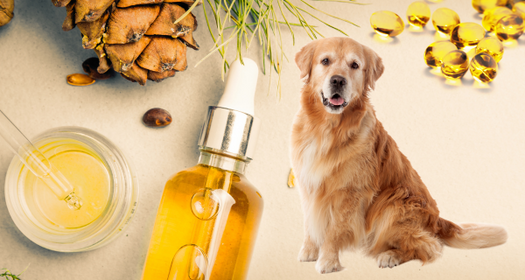
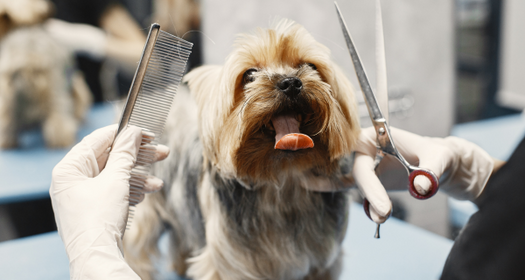
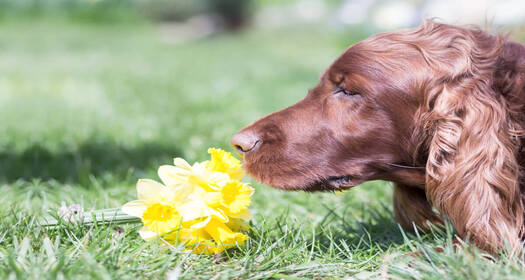
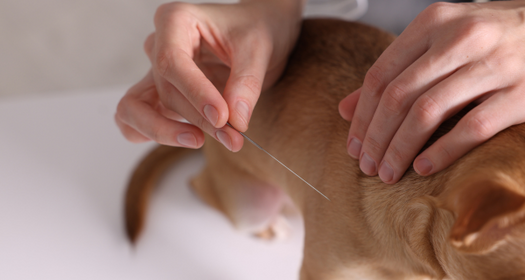
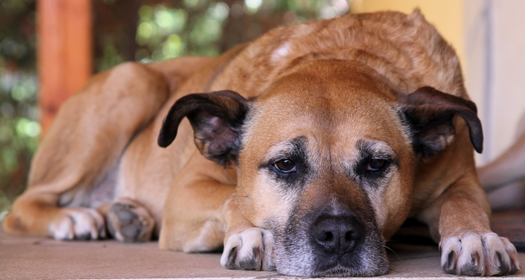




Leave Comment Below